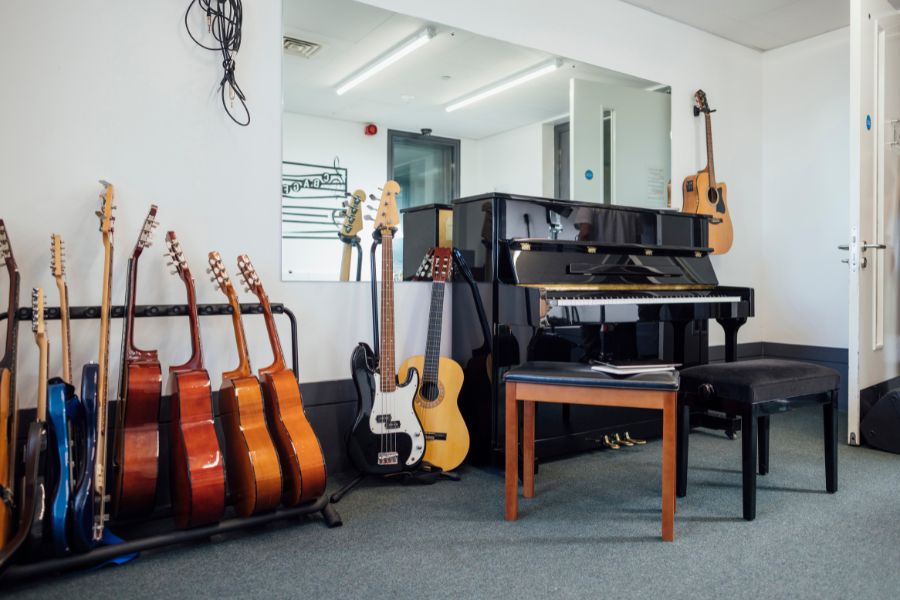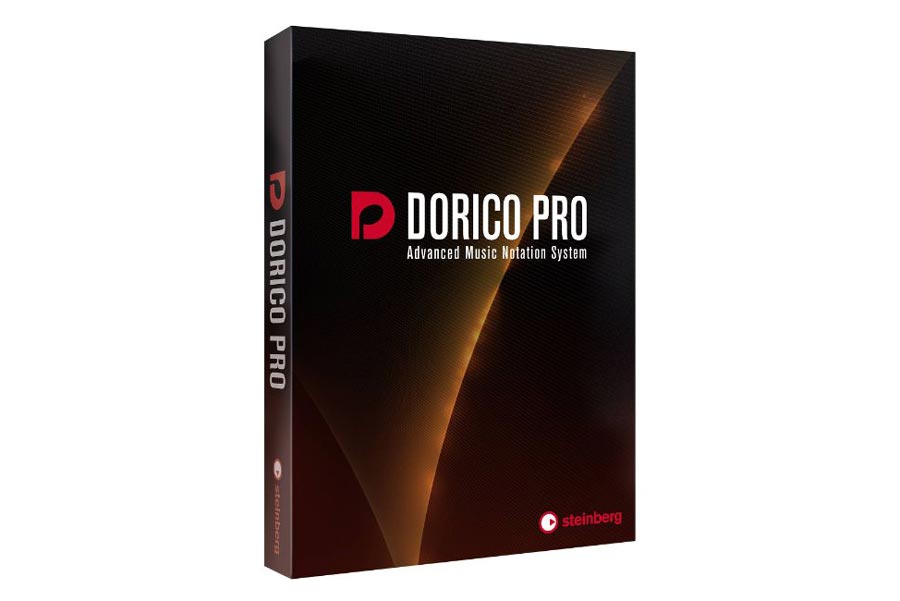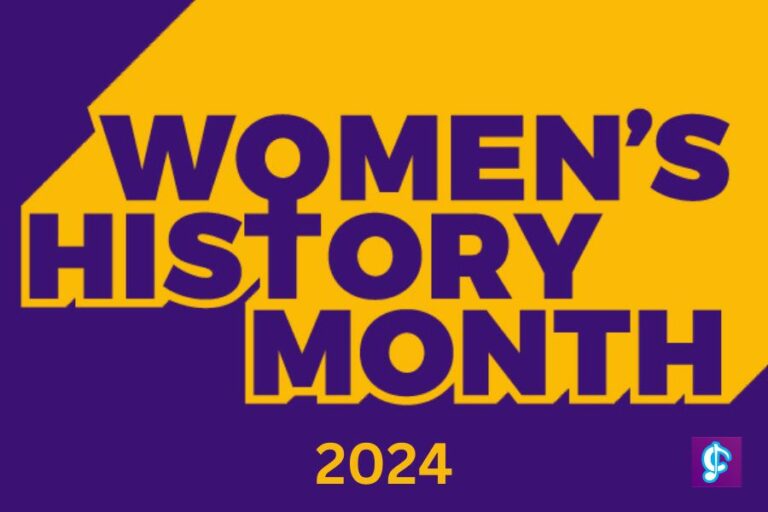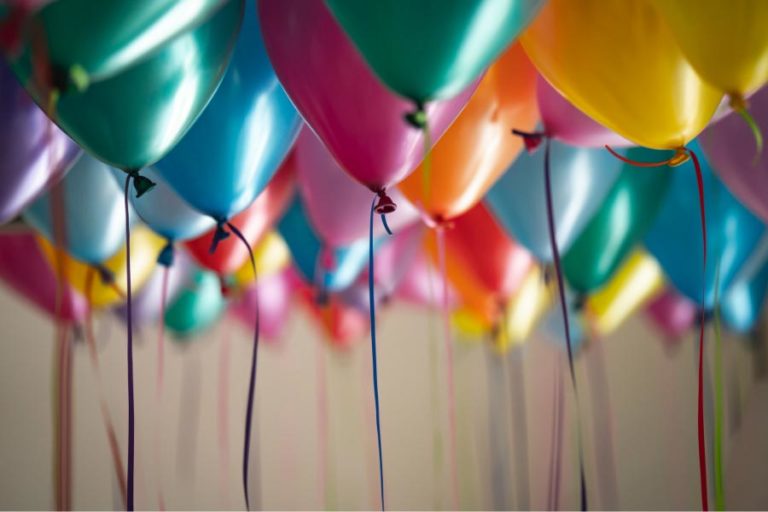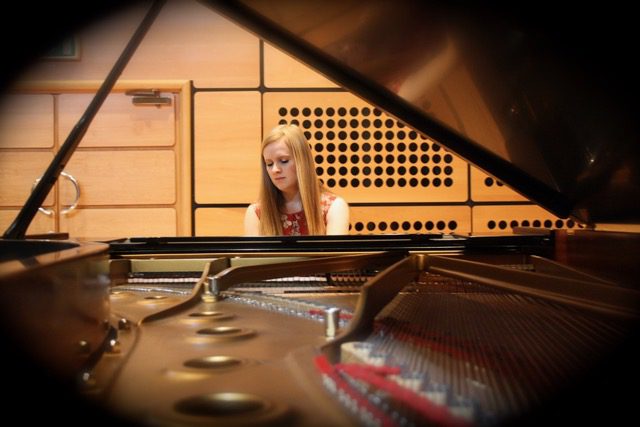In this guest blog post, music teacher Candice Wood shares her tips and tools for getting your GCSE Music Composition lessons off to a flying start and ensuring your students are ahead of the game…
Introduction
When teaching GCSE Music Composition it can be a challenge to fit everything in and get around students in lesson time, particularly once students have started their NEAs (non-exam assessment). Here are some quick tips to help maximise lesson time, keep students on track and make your music classroom a calm haven of musical activity…
1. Start with Listening
Start every lesson with some listening that focuses on the areas your students need to work on. This could include: exploring how a musical idea can be developed, looking at how a particular structure is used or how accompaniments change within a composition. Create a brief worksheet for students to complete which then can be used as a list of ideas when composing.
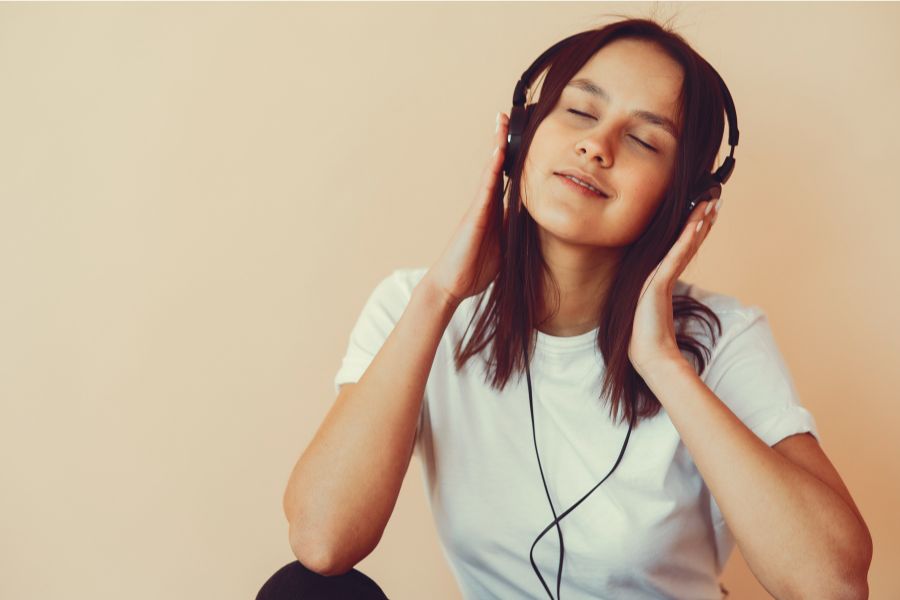
2. Student Expectations
Before setting up GCSE music composition lessons, compile a list of expectations together with students – what do they find frustrating? What aspects of the lessons do they find more conducive to creative work? It usually perfectly aligns with what we are after (lack of chatting, chance to focus etc). Create a class charter that they all agree to and display in each room that they compose in. It empowers students to ask others to stop doing things and uses peer pressure in a positive way to create a lovely atmosphere. Any deviation from this should be dealt with quickly when it comes to your attention to show that you are serious and supporting what students need.
3. Research & Planning
Once students have decided which genre of music they wish to compose in, ask them to research the features and complete a planning sheet. Ideally get them to listen to three pieces in the chosen genre and for each write down key elements such as: structure used, instrumentation, typical melodic or rhythmic features etc. The free I Can Compose Student Listening Guide can be a helpful starting point. On the other side of the sheet have the same elements of music but ask students to write down what they are planning to use in their piece. This approach helps students to work out where to start or how to continue.
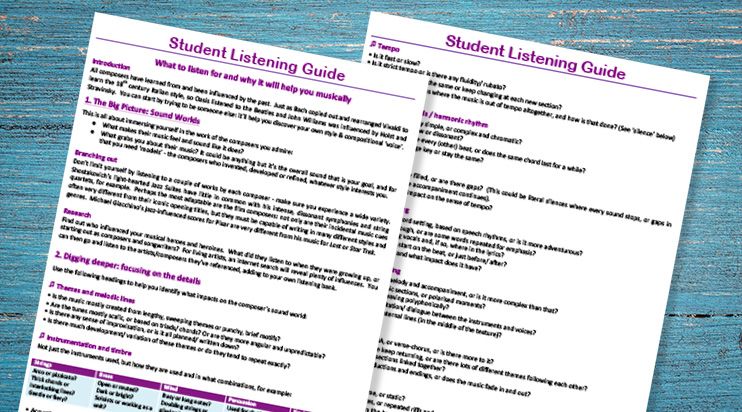
4. Student Name List
Each lesson write a clear list of who you are going to see on the board – this helps to hold students to account and stops them worrying about when you will drop by. It also prevents that one student from monopolising your time. If you get round everyone on your list then move on beyond to others.
5. GCSE Music Composition Tracking Sheet
Each student should have clear targets to work on for their GCSE Music composition – use a tracking sheet that you can pull up each time you meet (an electronic one you can share works well as they cannot lose it!). Red – Amber – Green their previous targets and then add new ones. Each target should have a date, but be clear about when the student should complete it (e.g. in lesson time, as part of their homework etc). If you can, audio record feedback for students. This is helpful for students to refer back to when you have demonstrated something. It also supports SEN students who may struggle to remember a list of ideas from a discussion afterwards. If you are allowed to use meeting apps like Otter.ai they can be a helpful way to create a list of actionable targets which can be copied into the feedback sheet.
6. Build up a Resource Bank
Use Youtube videos and worksheets to help explain compositional ideas and concepts. For example, there is a brilliant video on the use of sequences in music by David Bennet Piano (below). Adding a worksheet for students to identify the key ways sequences are used can mean that they have a list of ideas to accompany it. Having a bank of videos and worksheets is really useful – make them as problems arise each year and you’ll soon have ready-to-go resources when a later student needs them. A clear list of ideas can really unstick a student without you having to spend lots of time with them. You can ask them to annotate their work with timings of where they have used the ideas, making it quicker and easier to mark.
7. What to Include in your Composition
Give students a list of ideas of what they can include – the Eduqas specification has a handy resource in ‘Appendix C’ which is a list of vocabulary that can come up in the exam. It is just as useful as a list of rhythmic devices that students might want to use in their pieces, ideas for different structures, and a reminder to create dynamic changes.
Download the Eduqas GCSE Music Specification
8. Involve Parents/carers
Email positive updates home regularly – parents/carers in composition can be your support team, just like VMTs are with the performance aspect. Encourage them to listen to their child’s composition – even in the early stages – pointing out to them what shows promise. Also inform them what their child is currently working on and share the deadline that has been given (copy and paste from their target sheet). This will encourage students, as they are receiving praise for their composition work, and the idea of exploring and composing with their instrument is receiving positive attention, as opposed to parents complaining they are ‘mucking around’ and not getting on with their practice!
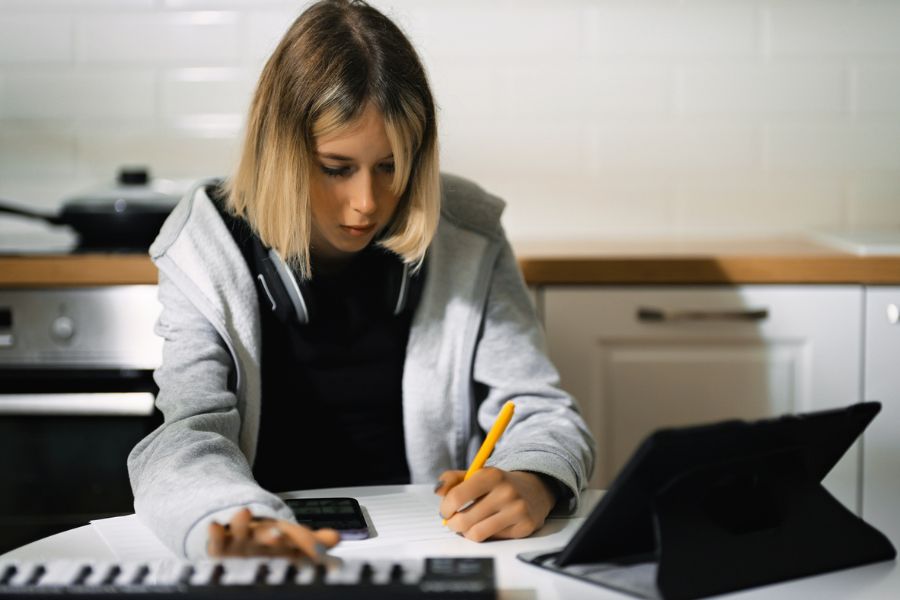
And finally…
Keep it in perspective – remember that you cannot be with every student every lesson. But if you have clear expectations and each student knows what they should be working on at any one time it can help create a supportive and creative atmosphere.

About Candice Wood
Candice (Dice) Wood is a secondary Music and History Teacher and Thinking Skills Lead. She writes about her experiences as a teacher, managing workload and about metacognition strategies. She regularly contributes to Music Teacher Magazine and has presented at various conferences including the Festival of Education, Festival of Metacognition and the Music and Drama Education Expo.
